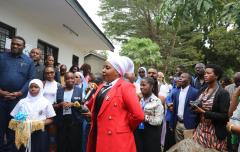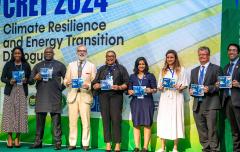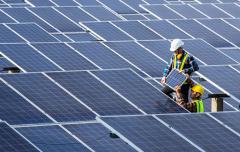Energy and health: making the connection
Access to energy is a prerequisite for quality health care and is fundamental to the achievement of universal health care coverage and the Sustainable Development Goals. Yet, an estimated one in four health facilities in Sub-Saharan Africa lack access to electricity, and three in four facilities lack reliable power.
There is no better example that illustrates the critical role of energy in advancing human development, health and well-being than a story out of Sierra Leone. On 19 November 2017 three babies at Bo Government Hospital died when a power shortage cut off their oxygen supply. The story was shared over social media by Dr. Niall Conroy, who was overseeing the neo-natal intensive care unit at the hospital.
Lack of sufficient and reliable power is jeopardizing the well-being of hundreds of millions of people, especially women and children, who often bear the brunt of inadequate primary health-care services. In fact, worldwide, more than 289,000 women die every year from pregnancy- and childbirth-related complications, many of which could be averted with the provision of better lighting and other electricity-dependent medical services.





